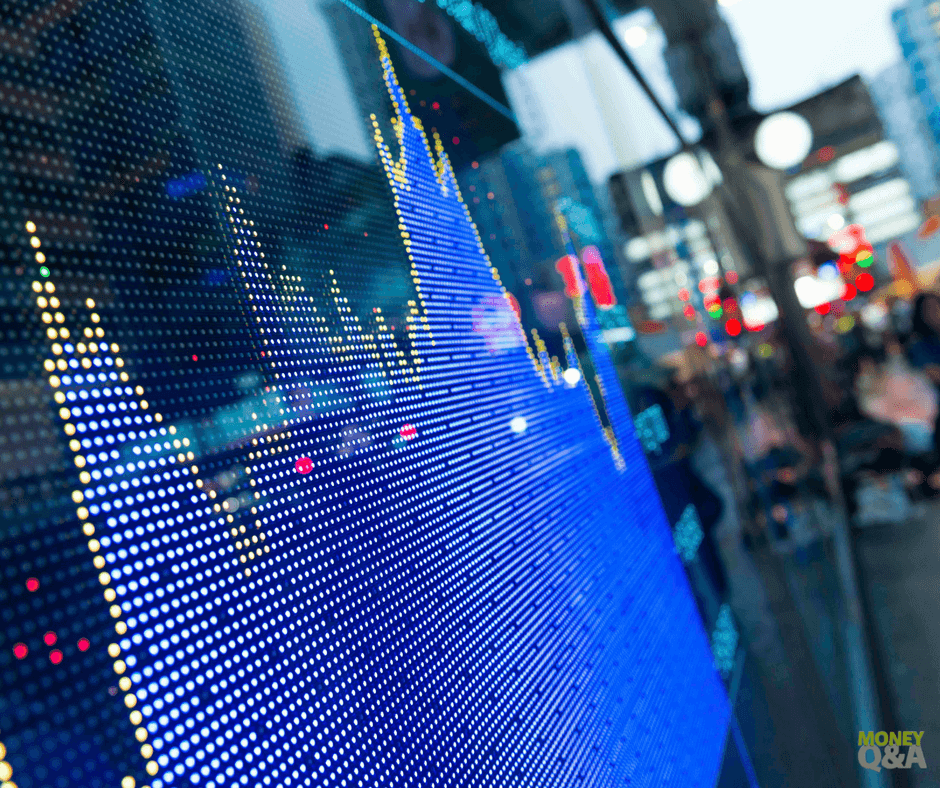Today, over 15 million people engage in trading through Internet tools. Digital platforms give access to an array of instruments. From Forex trading to shares and derivatives, there are many ways to diversify your portfolio. Two popular tools, stocks, and CFD trading have a number of similarities. Here is how they are compared.

Fundamentals of Stock Trading
To comprehend the differences, begin with fundamentals. When companies need to attract investor capital, they arrange an IPO. During this initial public offering, the firm releases shares that are bought on the stock exchange. Buyers become shareholders – in essence, they own a percentage of the business through securities.
Prices for shares are set by the marketplace. They are susceptible to different factors. For example, controversial tweets by Elon Musk sent Tesla stock price down in 2019. A newly released earnings report may cause a decline or a rise depending on the figures. Hence, stock traders need to monitor the media closely for relevant finance news.
Some shares make you entitled to dividends. These are regular payments to shareholders. Depending on the volume of your investment, they may become a decent source of income. The second way to capitalize on shares is to sell them after the price soars. Therefore, profit is two-fold.
Holding or Selling?
Stocks are used by two types of players. Those who view them as long-term instruments are known as investors. These people hold on to their assets for extended periods of time – often, years. Investors perceive shares as something that may be left to posterity.
On the other hand, traders benefit from short-term price dynamics. They buy and sell stocks more frequently. There is little difference between currency or futures exchange. Rather than treating assets as long-term investments, you aim to buy and sell back at the right time. This thinking also applies to CFD trading in Thailand and elsewhere.
CFDs: No Physical Assets
Through CFDs, you profit from changes in the same stock prices. However, no actual securities change hands. Instead of buying physical shares, you speculate on price movements. You pay for an agreement with the provider – Contract for Difference. Its subject is the price difference for an underlying asset.
Aside from stocks, CFDs may be linked to commodities, currencies, cryptocurrencies, or market indices. In any scenario, monetary gains are purely price-based. A Contract for Difference with crude oil as an underlying asset does not mean you purchase any barrels of Brent or WTI. Instead, your goal is to forecast the price direction.
With regard to digital currencies, CFDs provide an additional layer of safety. As crypto transactions are associated with all kinds of fraud, a derivative is more protected. Here, no actual coins are bought or sold. All that matters is the price chart.

Comparison of Risks
Inherent dangers of stock trading are known to anyone who follows the media. Economic crises and stock market crashes have lasting ripple effects. Just think of the 2020 coronavirus outbreak. In the ensuing chaos, stocks of many firms were nosedived. CFDs linked to these shares were also exposed to dramatic changes.
Leverage: Blessing or Curse?
This essential element is interconnected with the margin. Both shares and CFDs may be traded this way. The scheme requires less of your money (margin) to enter the trade. The rest (leverage) comes from the broker as borrowed capital. This opens access to markets that are otherwise inaccessible.
In the old-school scenario, how many shares you can afford depends on the available capital. For instance, with $3,000, you can buy 1,000 shares that cost $3 each. With leveraged arrangements, your buying power is boosted.
Consider a similar situation with CFDs (1,000 CFDs $3 apiece). Here, the total value is still $3,000. The capital requirement is changed, though. Rather than covering the whole amount, you may need as little as 5% ($150). The remaining $2,850 comes from the broker.
Some people are wary of leverage, as they think it ramps up risks. In reality, the outcome depends on your trading skills. There are ways to limit potential losses (e.g., stop loss and target price). If these are neglected, it is possible to lose more than your initial deposit.
What to Choose
Overall, stocks and CFDs offer profit linked to similar assets. While shareholders own the securities, CFD traders speculate on price shifts. Thanks to leverage, it is possible to maximize buying power in both scenarios. Therefore, your choice should be guided by your personal style.
Are you focused on long-term investment? Blue-chip baskets or growth stocks are the optimal choices. This way, profits may be two-fold (dividends plus profit from selling). If you prefer quicker moves, CFDs could be preferable. In addition, you will not have to buy any physical assets.
